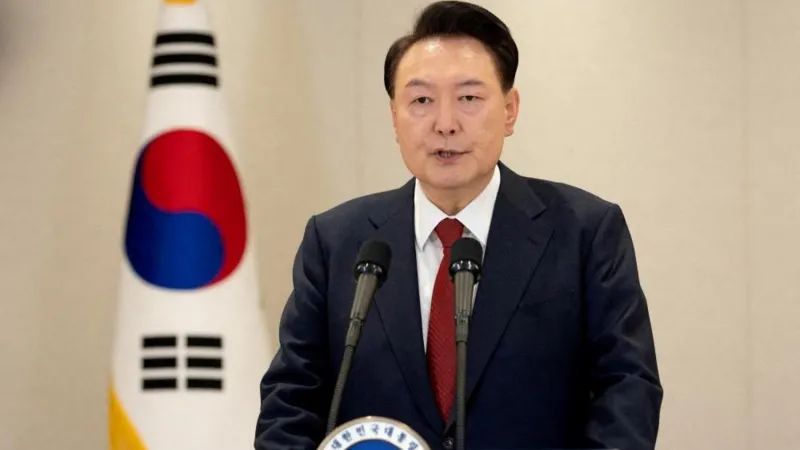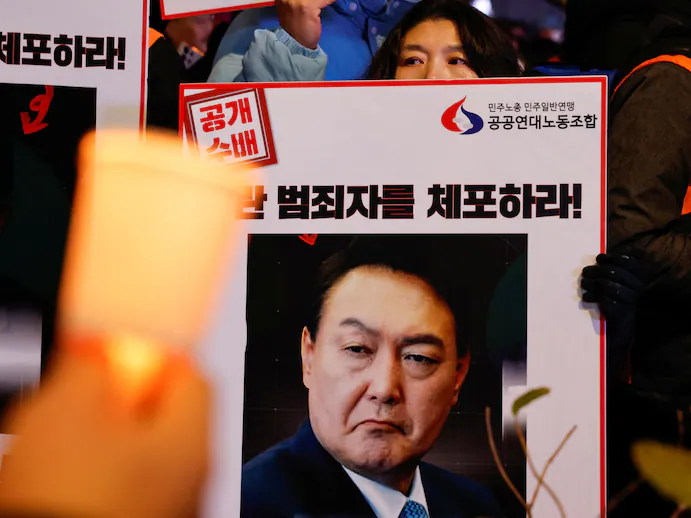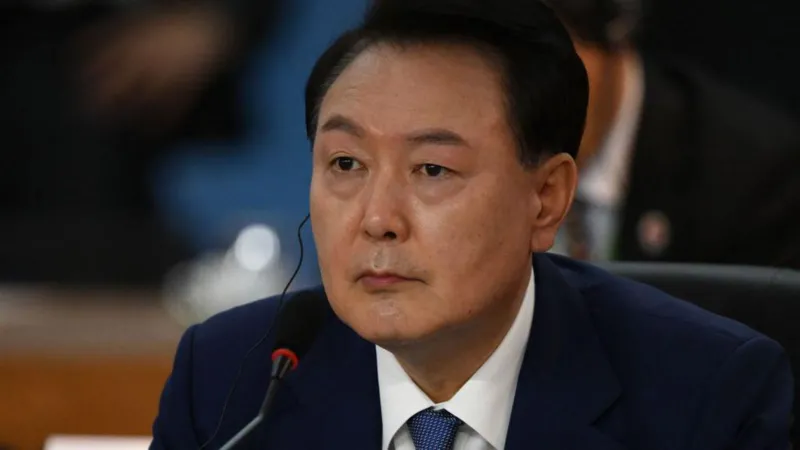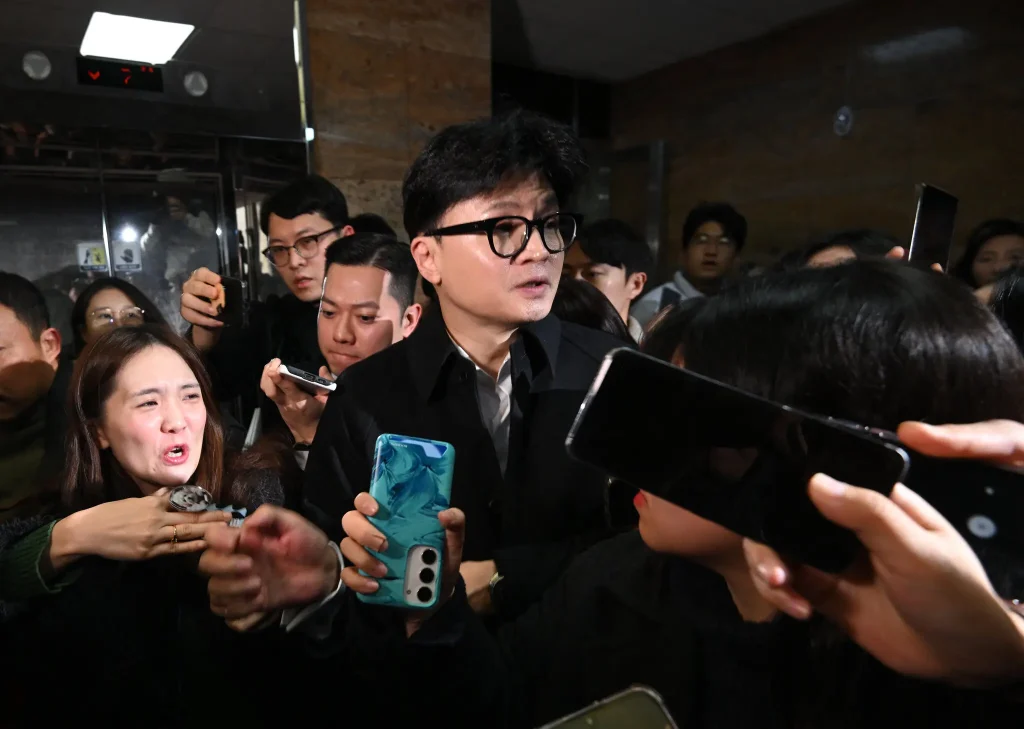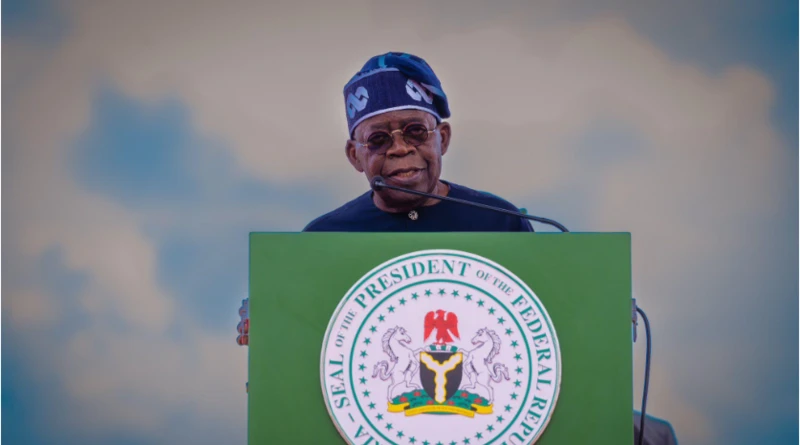South Korean presidential guards prevent arrest of impeached Yoon after tense stand-off
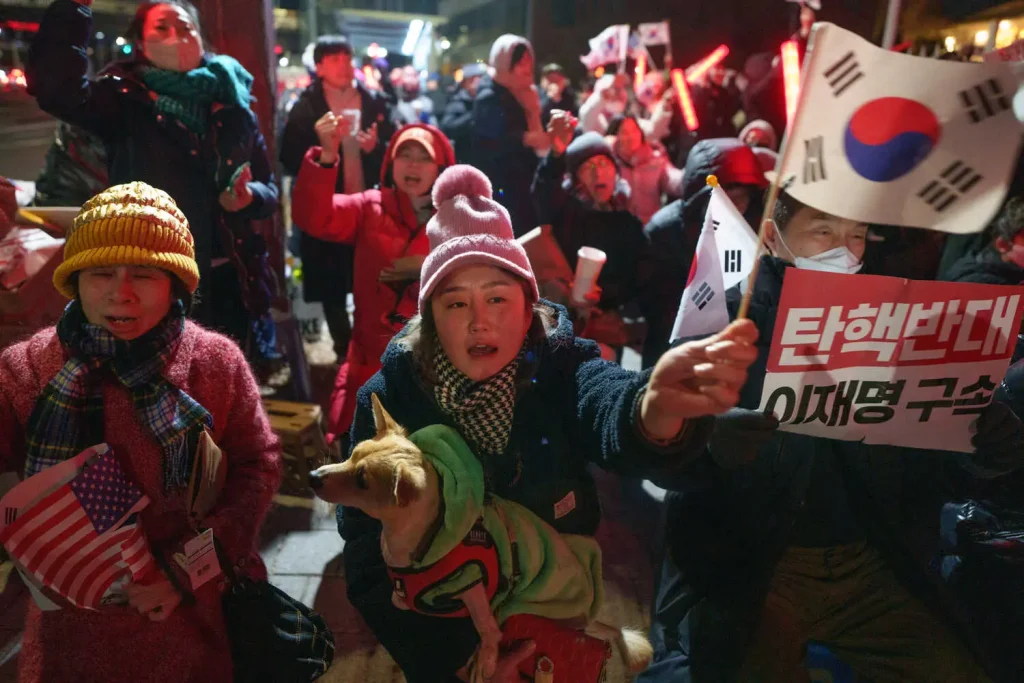
A dramatic scene unfolded in South Korea when presidential guards intervened to prevent the arrest of impeached President Yoon Suk-yeol after a tense standoff at the Blue House, the presidential residence. The situation escalated quickly, drawing attention both nationally and internationally due to the rare and controversial nature of the event. The clash occurred after a heated series of political events, culminating in the government’s decision to impeach Yoon, igniting a wave of protests and further instability within the country’s political landscape.
Yoon, who had been facing mounting criticism throughout his presidency for various policies and alleged corruption, found himself at the center of a highly charged political crisis. The impeachment proceedings had been set in motion following a series of allegations involving misconduct and alleged abuse of power. The political turmoil surrounding Yoon reached a boiling point when the National Assembly voted in favor of his impeachment, triggering an immediate clash between his supporters and opponents.
On the day of the stand-off, tensions were already high as both pro- and anti-Yoon factions gathered outside the Blue House, while political figures from across the spectrum called for the country to move forward with the impeachment. As the security forces were called in to execute the arrest, presidential guards stationed at the Blue House, responsible for protecting the president and maintaining order at the heart of the South Korean government, intervened dramatically.
Witnesses described a tense atmosphere as the guards and law enforcement officials engaged in a standoff over the arrest order. Yoon’s supporters had reportedly gathered near the Blue House, urging the guards to prevent his arrest and challenging the legitimacy of the impeachment proceedings. This standoff quickly became a focal point for the nation, with widespread media coverage showing the dramatic moments unfolding in real time. The presidential guards, under strict orders to protect the president, stood firm, not allowing any action that might put Yoon’s safety in jeopardy.
The standoff was particularly significant in the context of South Korea’s political system, where the role of the president is heavily scrutinized and where impeachment proceedings, while allowed by law, are rarely enacted. South Korea has a rich history of political tension, and the impeachment of a sitting president is seen as a deeply divisive event that typically sparks intense protests and conflict. In this case, Yoon’s impeachment had split the nation, with supporters arguing that the charges against him were politically motivated, while critics contended that Yoon’s actions warranted his removal from office.
In the midst of this political chaos, the presidential guards acted with the dual purpose of preventing the arrest and ensuring that the situation did not escalate into further violence. The guards’ intervention highlighted the delicate balance between maintaining law and order and respecting the political process. The decision to protect Yoon was also seen as an assertion of authority, as it was not clear whether the National Assembly or the judiciary had the necessary support to carry out the impeachment fully.
As the standoff continued, government officials and political leaders from various factions sought to negotiate a peaceful resolution. Some calls for calm came from those who feared that the ongoing impasse could destabilize the nation further, while others demanded immediate action to remove Yoon from office and proceed with the constitutional processes.
In the hours following the stand-off, discussions about the future of South Korea’s political system gained momentum. Many analysts began to question the integrity of the impeachment process and whether it had been carried out according to constitutional guidelines. Some suggested that the events unfolding at the Blue House could lead to a reevaluation of the political system, especially regarding the powers of the presidency and the separation of powers in government.
The standoff at the Blue House marked a turning point in South Korean politics, not just because of the dramatic nature of the event, but because it underscored the deep divisions within the country’s political structure. The following days saw further protests and calls for both justice and reconciliation. The political uncertainty remained palpable, with Yoon’s future in office hanging in the balance.
In the aftermath, there were widespread discussions about the role of the presidential guards and their responsibility in preventing such tense standoffs. The actions of the guards were heavily scrutinized, with some arguing that they had overstepped their bounds by preventing the legal processes from being carried out. Others defended the guards, arguing that their primary responsibility was to protect the president’s safety in an environment of high political unrest.
While the situation eventually de-escalated without further violence, the tensions surrounding Yoon’s impeachment have left a lasting mark on South Korea’s political climate. The country continues to grapple with the fallout from the standoff, as political leaders attempt to navigate a path forward that will either restore stability or lead to further unrest.


